Becoming Part of Nature by Giving up Control
Reflecting my own nature connection, and considering how curiosity and learning shape the way we connect to everything around us.
Storm was over. I walked barefoot along the forest path on a dark but warm summer night. I didn’t see where I stepped, but my instincts were sharp. Maybe that made me so present. I walked fast. I could feel the earth — really feel it under the soles of my feet.
Eventually, I reached the sandy shore, took off my clothes, and waded into the warm water. The full moon lit up the lake.
There were no waves, not even a little one. The water seemed thick, as if it had turned into syrup. I reached the point where my feet no longer touched the sandy bottom. Then I swam. The moon made a bridge across the water’s surface.
And as I swam, it didn’t feel like I was in nature. I was one with it.
I have always loved plants. As a child, I liked to play in the houseplant pots. I loved small spring streams. Spring was, and still is, my favourite time — nature wakes up and everything feels fresh and new. There is a promise of warm summer nights and lovely autumn forest hikes.
I wanted to be an insect caretaker, when I grew up. I didn’t know that there was no career like that, and no one ever told me. But I took care of injured insects — and also insects that were not injured. Young me didn’t understand that delaying the death of a caterpillar hit by a car, wasn’t wise. Or keeping a snail in a box with salad wasn’t good for it. But I understand little me. She wanted to do good, although she tried to control nature.
I remember the overwhelming grief I felt when some small living creature died. And I hope my own children won’t feel the same — not as intensely as I did. So far, I have achieved the goal: my children feel sadness when an animal or insect is suffering or dies, trying to help also if possible, but they won’t be sad for long. I have put into words that nature is full of death, and that’s how it is. We have to accept that.
During my teenage years, I lost my connection to nature for a while. I have thought about that a lot lately — how children often love nature naturally, teenagers do not, but adults usually do and want to spend time in nature. Is that a biological part of the challenges of youth, or is it an issue arising from modern life? That is an interesting question. What do you think?
Last year I started to read the Moomin novels to my children — the original books by Tove Jansson. We were boating so much then that at first I decided to read Moominpappa at Sea (1965). There the Moomin family sails away as a result of Moominpappa’s unnecessary worries and boredom. They land on a distant island and move to a lighthouse. They all feel loneliness, but in different ways.
The Moomin novels are full of really good and specific portrayals of nature. Especially the ocean is described extremely well. I guess it’s because Tove Jansson really lived on a small, rocky, remote island in the Gulf of Finland. There, she built a house and moved in 1964, so I guess that island was the inspiration behind Moomipappa’s Lighthouse Island.
I read that book to my children for many nights. They loved it. Especially my oldest. He understood it on a deeper level. Sometimes he interrupted my reading, eyes shining, and explained some underlying meaning he had realized. Sometimes I asked if he did understand what some metaphor meant, and most of the time he got the point.
But I also changed my thinking during that book. The story tells how the island ‘came closer’, how things changed in the island’s nature, and how things can change only because you feel different. Moominpappa first tries to understand and control the sea and the island. But later he understands that nature can’t be controlled and that it doesn’t follow rules. He also starts to understand himself better. He finds inner peace and accepts nature as it is — and himself as he is.
We all live in the same world, but we experience it differently. We can change that experience — through knowledge and understanding, we can have a revelation. Even something as simple as a fear of wasps can change once we gain knowledge — we realize their role in nature, their behavior, and that our fear is often exaggerated.
I have realized how deeply we are a part of nature — and how far we have drifted from it. Touching the surface of a lake water, swimming in cold natural waters, caressing the bark of a tree, digging the soil of the earth with bare hands, walking barefoot in the forest, or even letting a wasp or bee walk on your skin — these things have become rare and artificial. But still, those things are what we are built for. We are not designed to spend so much time indoors or to walk on asphalt roads.
I’m a bit frustrated that living closer to nature is difficult nowadays. Perhaps modern life is too comfortable, which makes living closer to nature feel too challenging.
I think a nature connection is never complete. It changes throughout the life. Sometimes we get closer, sometimes further away, sometimes we might lose it completely. But then, hopefully, we find it again. ♡



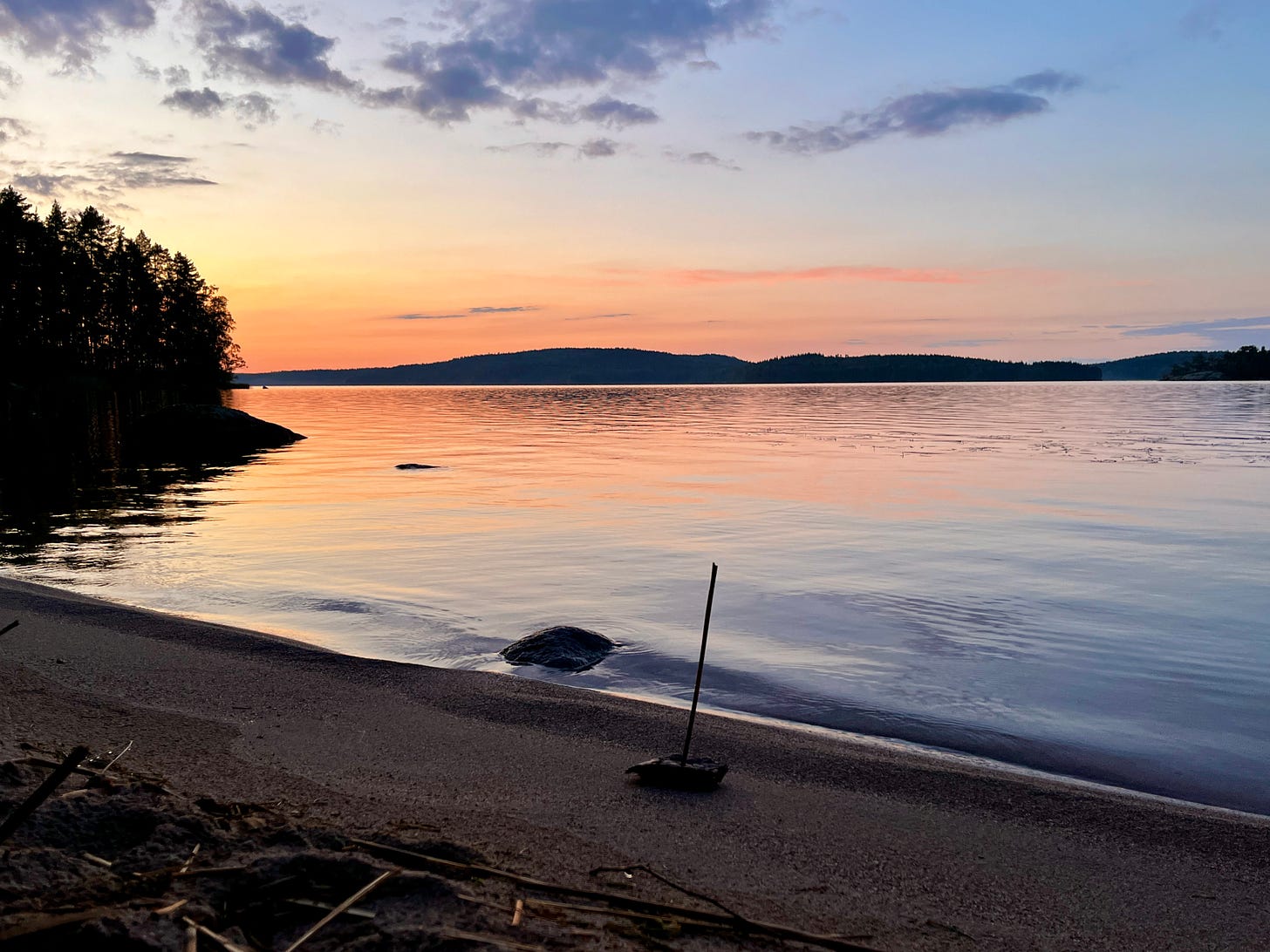
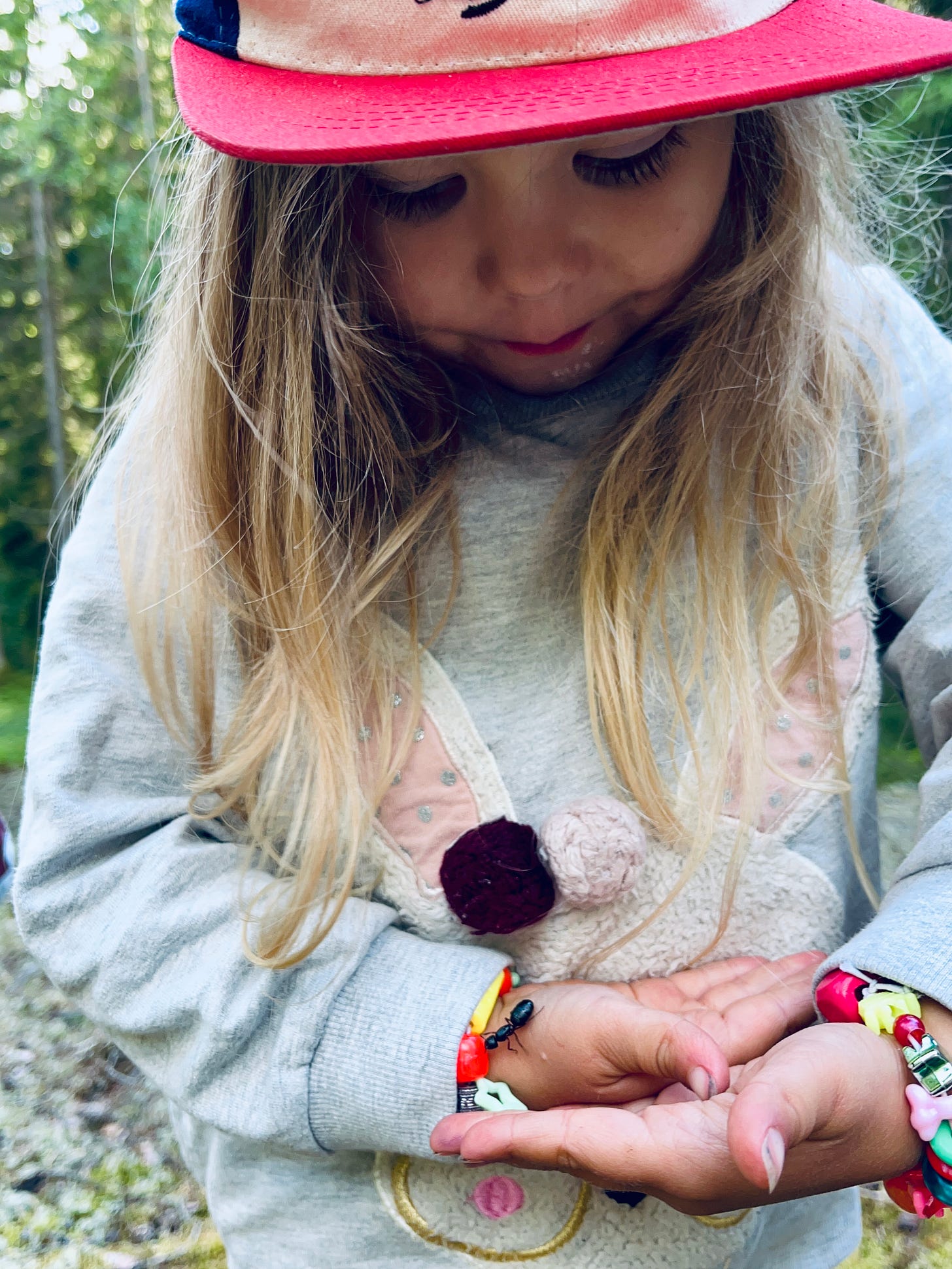
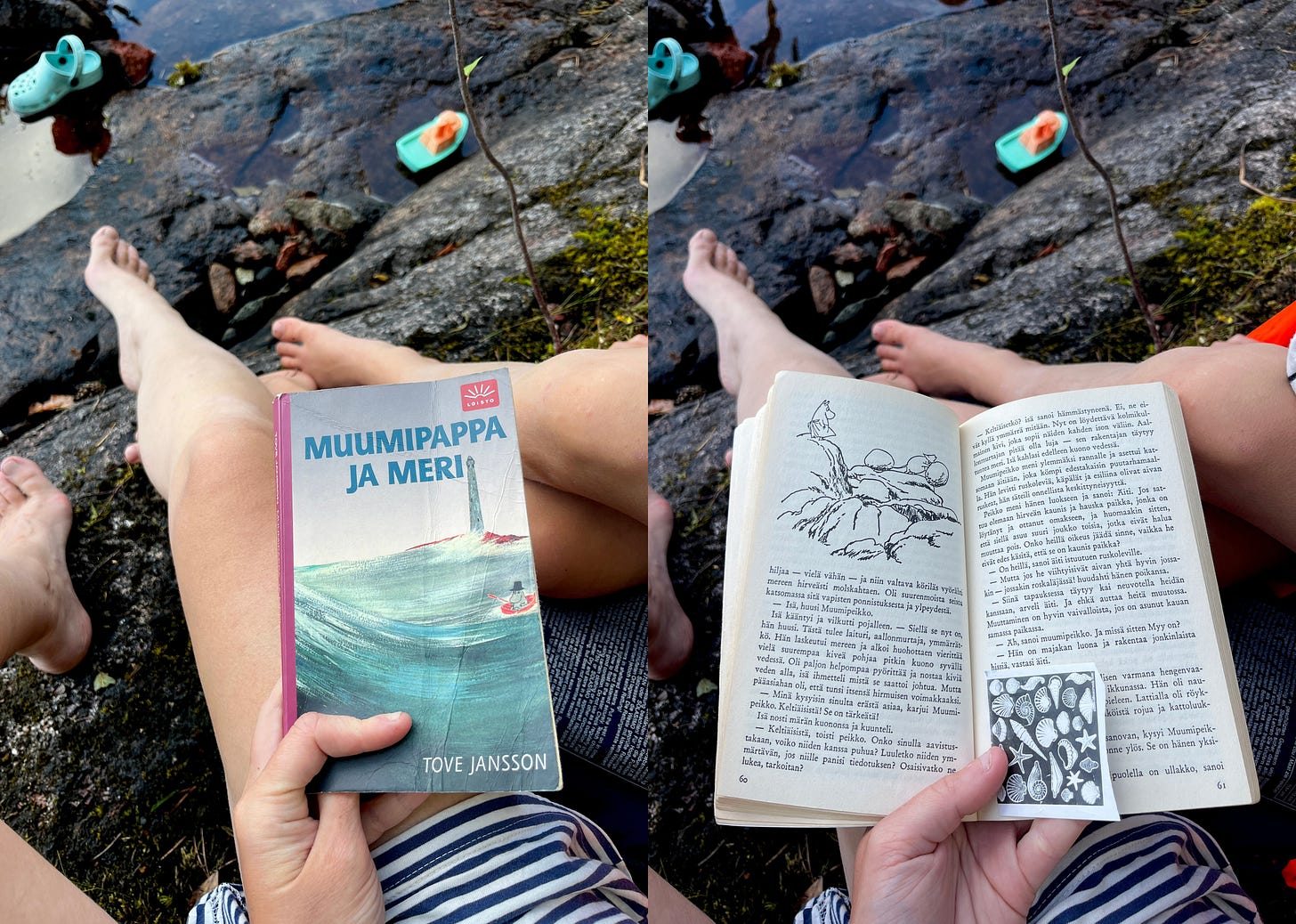


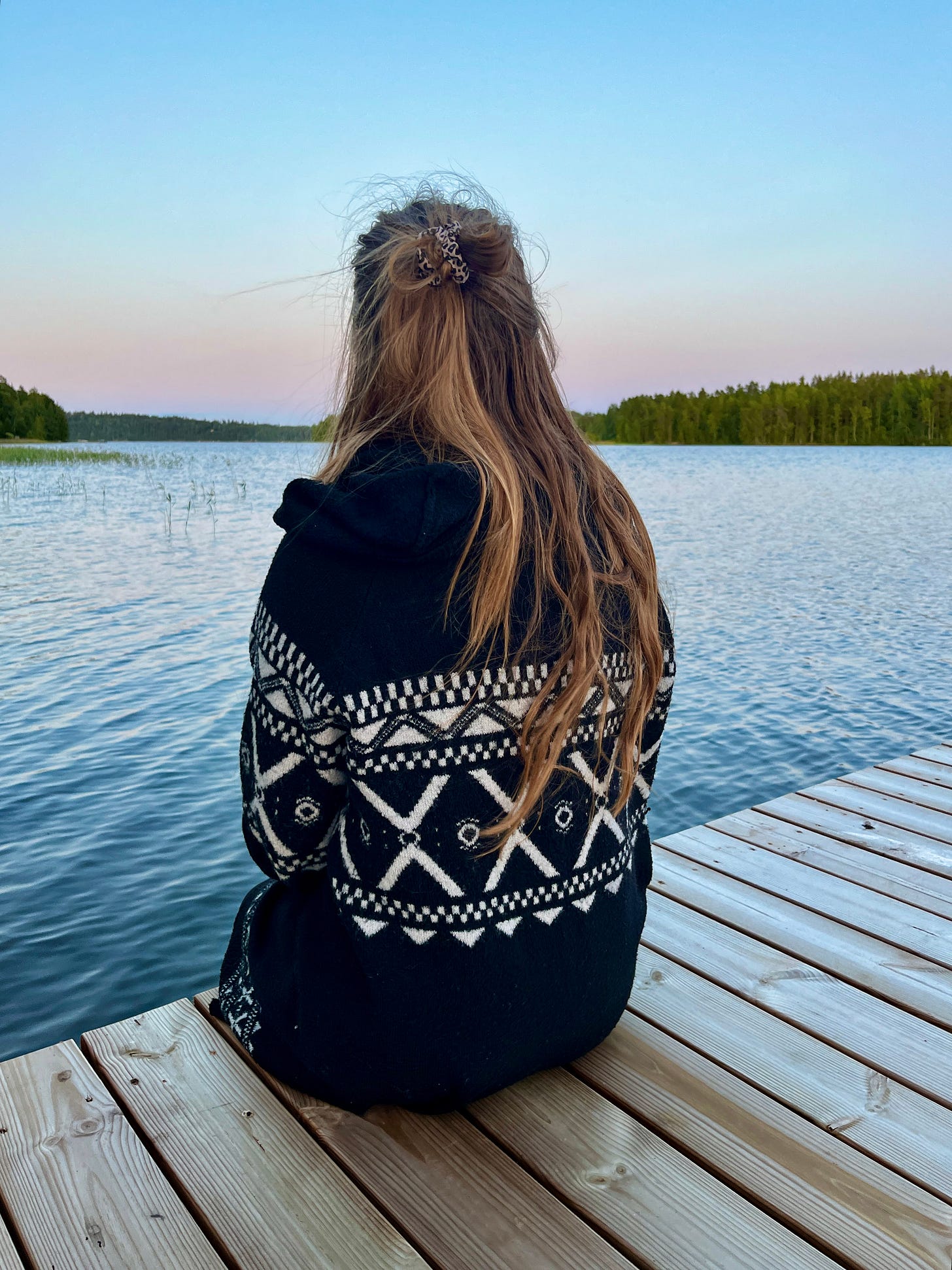

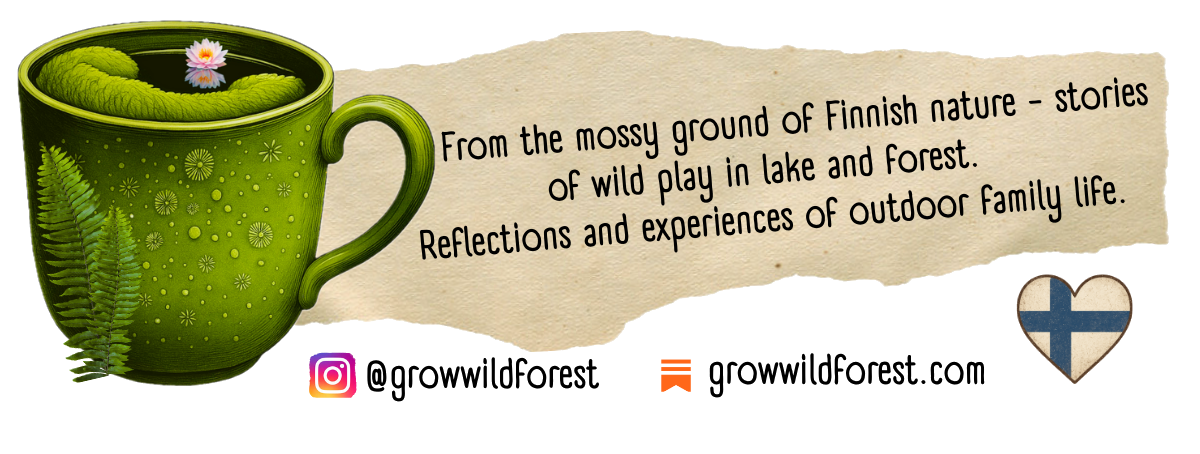
I think that children who love nature are often encouraged to move away from this as part of growing up, leading to teenagers who abandon the interest because they view it as childish. I wonder whether more teenagers would like nature if society treated that interest differently.
This is such an important concept. Thank you for offering it to the Substack community. My work is dedicated to helping people reconnect to their ancestral yearning to be with Nature, connected, rather than in Nature, which offers varying results. Your article resonates deeply within me!